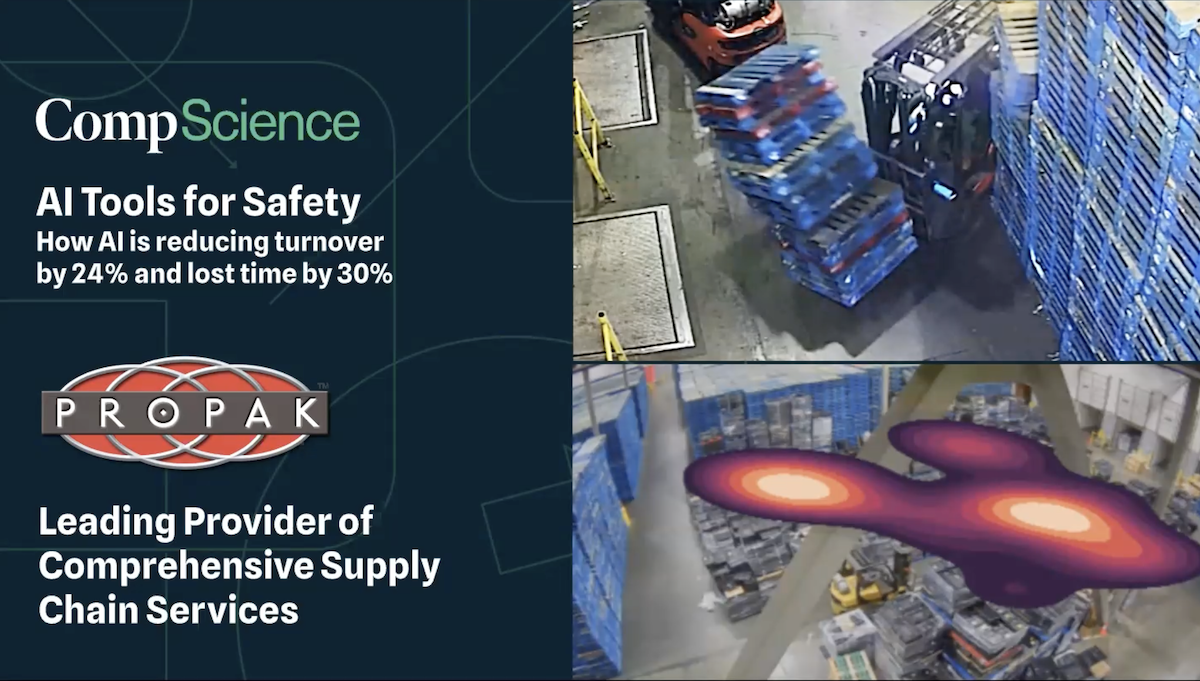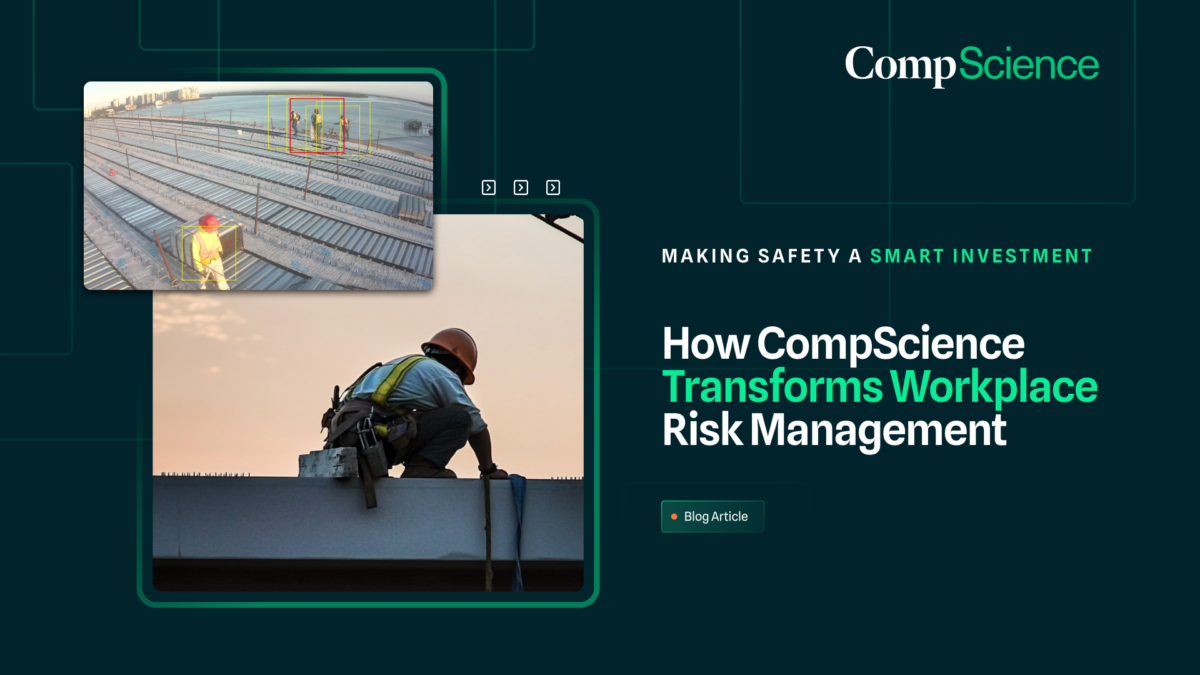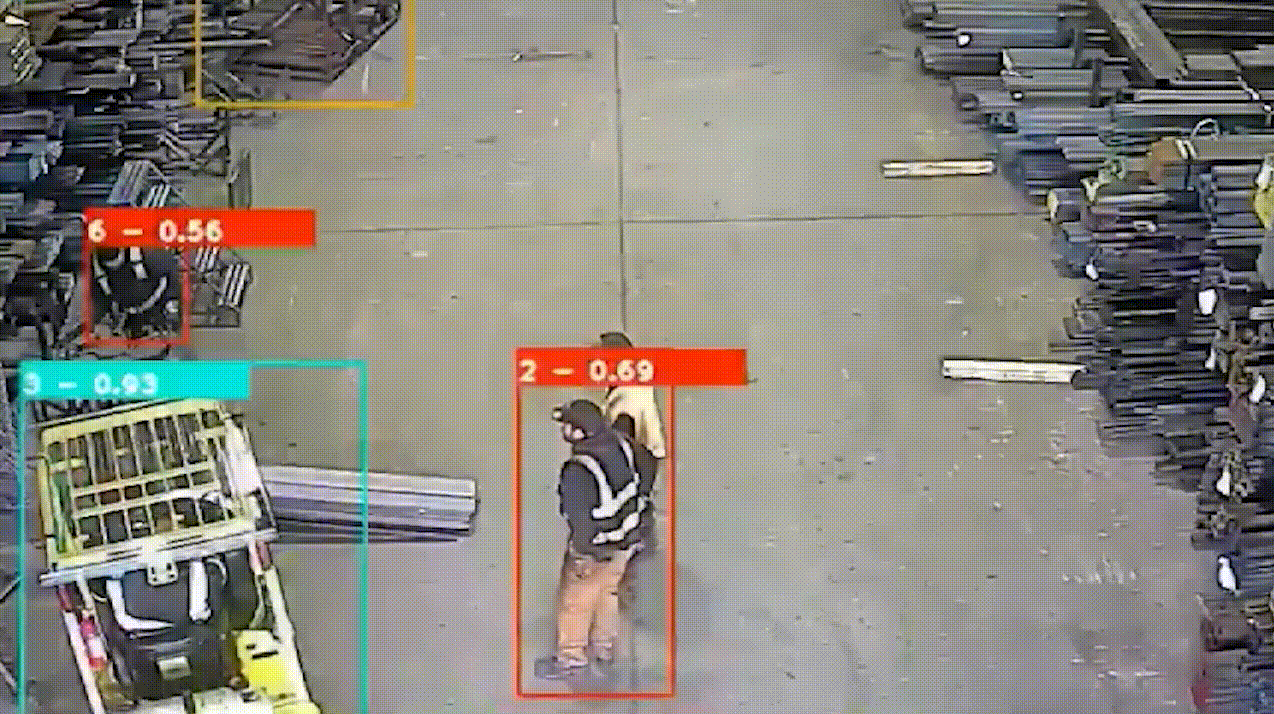How X-Mod Affects Workers Compensation Costs and How X-Mod Is Affected By Safety Practices
The Experience Modification Rate (X-Mod) is a factor that affects a company’s workers’ compensation costs. A high X-Mod indicates that a company has a higher than average number of claims, which can result in higher insurance premiums. From the perspective of safety managers, a high X-Mod suggests that a company’s safety program may not be effective in preventing workplace injuries. Safety managers play a critical role in reducing workplace injuries, which can help lower a company’s X-Mod and result in lower workers’ compensation insurance premiums. By implementing safety programs, identifying and eliminating hazards, providing safety training, and ensuring compliance with safety regulations, safety managers can help improve employee safety and well-being while reducing the costs associated with workplace injuries.
X-Mod for Insurance Brokers
In the context of workers’ compensation insurance, the Experience Modification Rate (X-Mod) is a factor used to adjust the cost of insurance premiums based on a business’s past history of workplace injuries and claims. The X-Mod is calculated by the state’s rating bureau based on a comparison of a company’s actual workers’ compensation claims to the expected number of claims for companies of similar size and industry.
The X-Mod can have a significant impact on a business’s workers’ compensation costs. A high X-Mod indicates that a company has a higher than average number of claims, and will result in a higher insurance premium. Conversely, a low X-Mod indicates that a company has a lower than average number of claims, and will result in a lower insurance premium.
Insurance brokers play a crucial role in helping businesses manage their workers’ compensation costs. They can provide guidance on how to reduce workplace injuries and claims, which can help improve a company’s X-Mod and lower insurance premiums. Brokers can also help businesses navigate the complex rules and regulations surrounding workers’ compensation insurance, ensuring that they are in compliance with state and federal laws.
X-Mod for Safety Managers
From the point of view of safety managers, the Experience Modification Rate (X-Mod) is a key metric used to measure the effectiveness of a company’s safety program. The X-Mod is calculated based on the number and severity of workers’ compensation claims a company has experienced, compared to the expected number of claims for companies in the same industry and of the same size.
A high X-Mod indicates that a company has a higher than average number of claims, which can suggest that the company’s safety program is not effective in preventing workplace injuries. This can lead to higher workers’ compensation insurance premiums, which can be a significant cost for the company.
Safety managers play a critical role in reducing workplace injuries and lowering X-Mods. They are responsible for developing and implementing safety programs, policies, and procedures to prevent workplace injuries and accidents. They work to identify and eliminate hazards, provide safety training to employees, and ensure that the company is compliant with all safety regulations.
By reducing workplace injuries, safety managers can help lower a company’s X-Mod, which can result in lower workers’ compensation insurance premiums. This can provide significant cost savings for the company, as well as improve employee safety and well-being.
More Resources
Post: What is an X-Mod?
Video: Predictive Analytics Can Lower X-Mod









